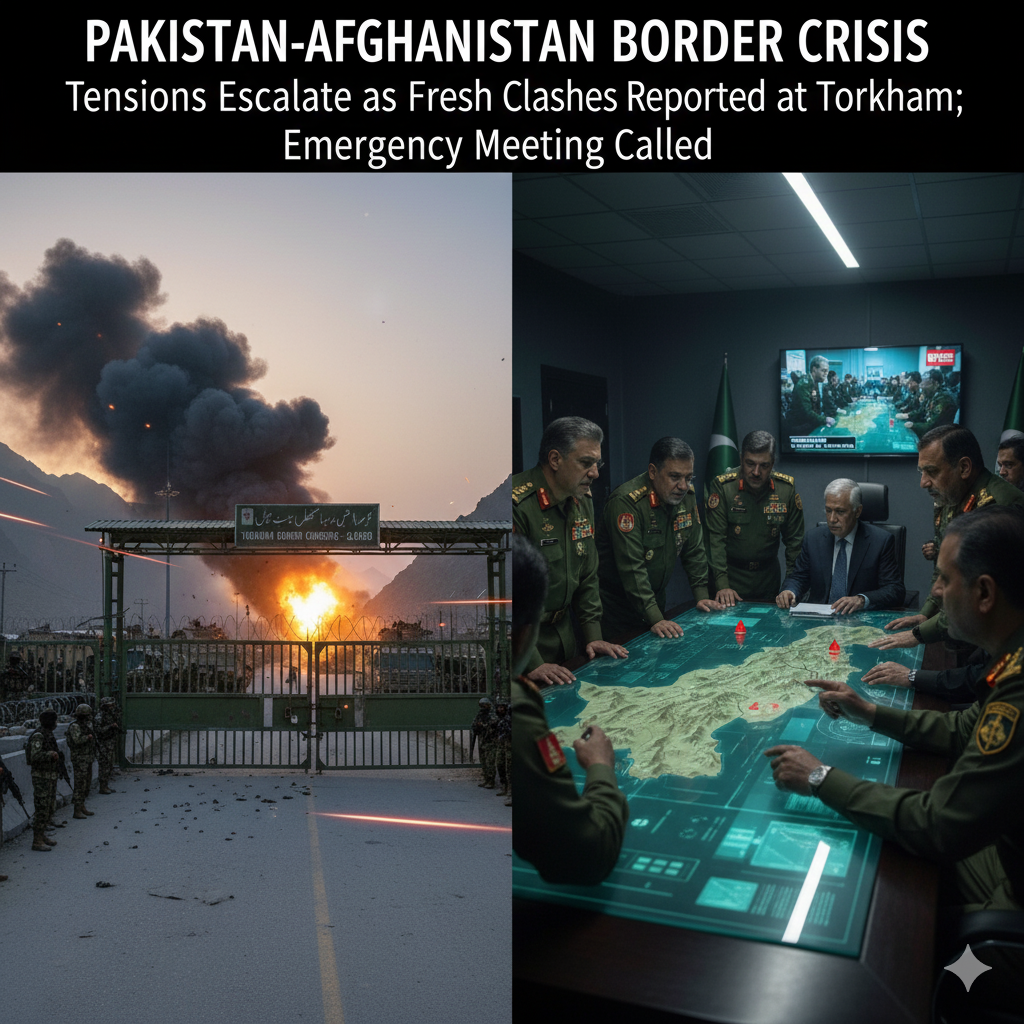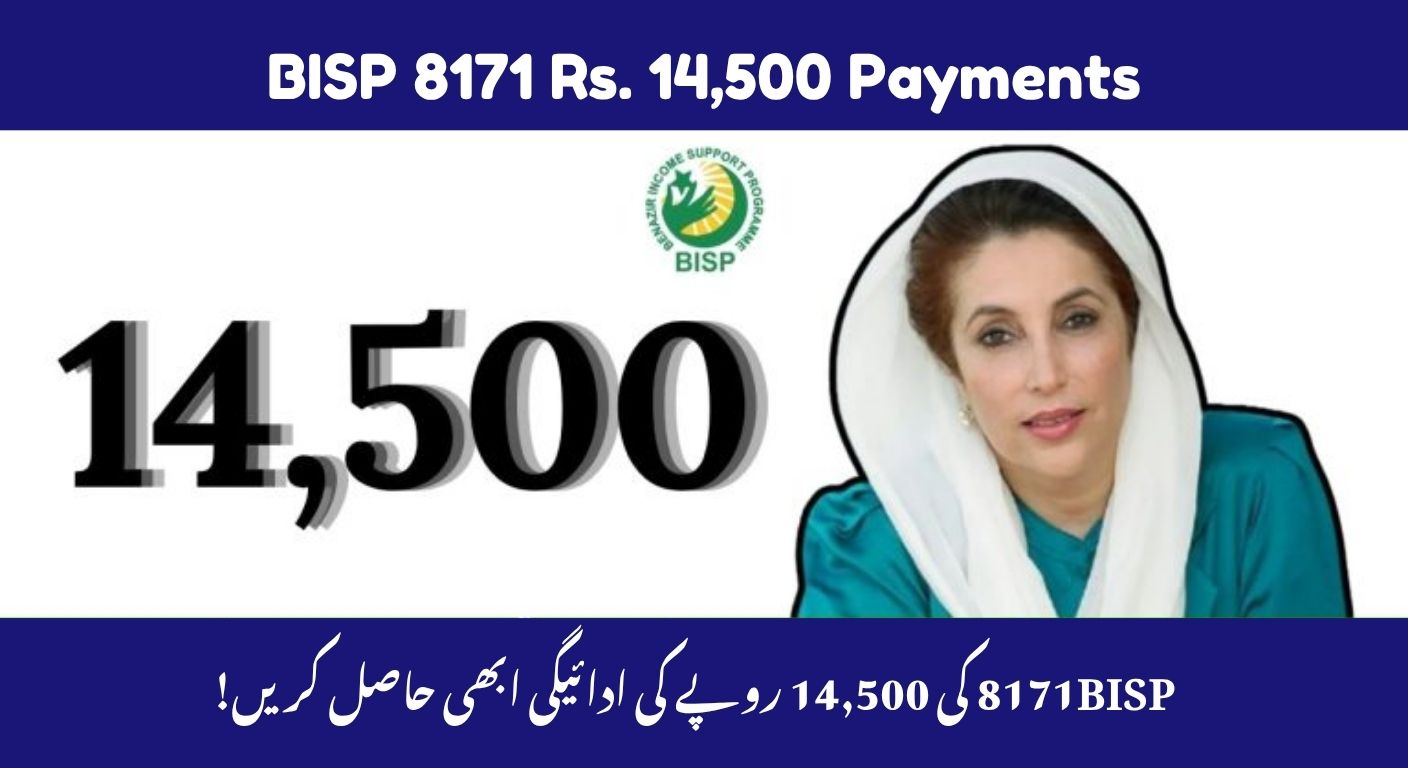Pakistan vs UAE Asia Cup 2025 delivered a tense, stop start T20 night in Dubai that ended with Pakistan sealing a 41-run win and booking a Super 4s berth after a tricky batting effort and a composed bowling finish. Pakistan posted 146/9 thanks to a vital 50 from Fakhar Zaman and a late acceleration by Shaheen Shah Afridi, then bundled the UAE out in reply with pace-led control and sharp fielding.
Match summary
Pakistan were sent in and had to rebuild from a rocky start. Fakhar’s 36-ball fifty held the innings together. The middle overs were sticky as wickets fell in clusters. UAE’s Junaid Siddique and Simranjeet Singh kept the pressure on with hard lengths and sharp variations. However, the final over surge shifted momentum. Shaheen launched two sixes and a four to push the total to a competitive 146/9. In the chase, UAE needed composure. They found a brief stand in the middle. Yet the pursuit unraveled once Pakistan’s quicks found rhythm. Haris Rauf and Shaheen hit the hard length. Abrar Ahmed chipped in quietly but decisively. Run-outs and miscues finished the job with 105 on the board.
Key moments
-
Fakhar Zaman steadied nerves after early losses. He picked off width and punished anything short. His control against the new ball defined Pakistan’s first half.
-
UAE’s Junaid Siddique struck crucial blows. His spell dented the middle order at just the right time. Pakistan’s tempo stalled for several overs.
-
The Shaheen cameo in over 20 was decisive. Two clean hits over the fence and a straight driven four changed the par equation. Those 18 late runs mattered in a low-150s contest.
-
In the field, Pakistan stayed alert. Direct-hit pressure created panic at the back end. The run-out of Simranjeet Singh underlined urgency and game awareness.
-
UAE’s Rahul Chopra and Dhruv Parashar lifted hopes with a stabilizing partnership. Even so, strike rotation fell short once the asking rate crept past nine an over.
Tactical shape
Pakistan’s batting plan was simple: absorb early movement, cash in during overs 7–15, then explode late. It worked in parts. Dot-ball pressure was real, but the boundary cadence in the ninth and tenth overs balanced the ledger. The finish by Shaheen elevated the total from par-minus to par-plus. In the second innings, Pakistan went to a familiar script. Hit the deck, attack the top, then pivot to cross-seam and pace-off once the ball softened. Field placements were smart. Deep mid-wicket and long-off stayed busy as mishits kept dropping short of the rope until the dam broke.
UAE’s plan had logic too. Bowl first, exploit any early tackiness, and keep Pakistan in a boundary drought. With Junaid and Simranjeet striking, the plan nearly forced a sub 140 total. While chasing, they needed a launch pad. A pair of 30s in the powerplay would have shifted pressure. Instead, Pakistan’s new ball bite forced consolidation. The required rate kept climbing. The risk window opened, and Pakistan capitalized.
Standouts
-
Fakhar Zaman: A composed 50 that managed risk while keeping the board moving. He was strong square of the wicket and targeted the gaps with control.
-
Shaheen Shah Afridi: A classic all-format impact effort. Late overs batting heroics plus incisive new ball and death spells. Two parts flair, one part calculation.
-
Junaid Siddique: A relentless four over spell that beat batters on length and angle. He neutralized Pakistan’s left-handers and denied freebies at the death.
-
Haris Rauf: No frills pace, top of stump threat, and sharp lines at the crease. His breakthroughs fractured UAE’s chase just as they eyed a tilt.
Turning points
-
Over 18–20 of Pakistan’s innings: Momentum swing. Without those extra 15–20 runs, the equation would have favored a measured chase. Those shots forced UAE to break their tempo early in pursuit.
-
The mid chase squeeze: Pakistan strung together overs conceding singles and dots. That forced UAE’s set batters to take on the bigger boundary. Two miscues, and the runway ended.
-
A late run out: Pressure from tight angles created hesitation. The dismissal disrupted any last-ditch power-hitting effort.
Conditions and pitch
Dubai produced a two paced surface under lights. New ball nipped around just enough to challenge. Length balls held a fraction, making strokeplay riskier off the back foot. Spinners found grip only in pockets, so control mattered more than turn. Batting first was not straightforward. Yet a 145–155 score always felt defendable with disciplined seam.
Captaincy and choices
Salman Ali Agha rotated his resources well. He preserved an over for a death burst from the quicks. He also trusted Abrar for control overs when the chase threatened to settle. Field settings matched plans. Square riders were balanced with straight boundary patrols. For UAE, Muhammad Waseem got the toss call right. His bowling changes were timely too. However, the chase plan needed an earlier release over to avoid the rate spiking beyond comfort.
What it means
This result sends Pakistan through to the Super 4s with a timely correction after a hiccup earlier in the group stage. Confidence returns to the camp with Fakhar among the runs and the pace unit humming again. For the UAE, there were bright spots. The quicks competed. The middle order showed glimpses of calm. To bridge the gap, they will need a sharper powerplay template and more strike rotation through the middle.
Stats snapshot
-
Pakistan posted 146/9, with Fakhar’s 50 off 36 and Shaheen’s 29 off 14 lifting the rate at the death.
-
UAE’s best figures came from Junaid Siddique and Simranjeet Singh, combining for six wickets and a sub-7 economy across their eight overs.
-
Pakistan’s attack shared spoils. Shaheen, Haris Rauf, and Abrar Ahmed split key wickets, with pressure creating two run-outs.
Pakistan steady, then surge
Early wickets demanded restraint. Fakhar assumed responsibility with percentage cricket and risk-aware boundary options. Pakistan ticked along after the powerplay. Then fell into a lull as cutters and hard lengths froze scoring. However, the last 12 balls brought clarity of intent. Shaheen’s clean arc and straight hitting meant fielders were spectators. That surge reframed the target and lifted the dressing room.
UAE’s chase stalls late
The reply began with caution. Singles came, but boundaries did not arrive frequently enough. A promising fourth-wicket stand steadied the chart. Yet as the rate drifted upward, Pakistan’s plans squeezed options. A mistimed pull, a sliced drive, and a run-out created a domino effect. The final overs became a scramble rather than a finish.
Bowlers set the tone
Shaheen’s first over set the terms. Haris followed by hitting hard into the pitch with an unforgiving line. Abrar’s subtle pace changes invited risk into the larger pocket on the leg side. Pakistan’s fielding supported the plan with clean pickups and direct throws. For UAE, the new ball tandem deserved plaudits. They kept Pakistan honest, forced horizontal bat shots, and found timely breakthroughs.
Death overs decide it
Games on two-paced decks tilt at the end. The side that wins the last three overs usually celebrates. Pakistan’s 18-run final over tipped the scale. In contrast, UAE’s last 24 balls resulted in a flurry of wickets and stalled momentum. Differences at the death often mirror clarity of plan. Pakistan owned that sequence.
What’s next in Super 4s
The win secures a spot among the top four. The marquee fixture looms, with narratives tied to powerplay aggression and middle-overs control. Pakistan will want top-order stability and fewer middle-order stalls. The bowling blueprint looks settled. For the UAE, the positives remain tangible. The quicks were competitive at this level. With tighter batting phases, they can stretch bigger teams again.
Closing emphasis
Pakistan vs UAE Asia Cup 2025 will be remembered for nerves, a late batting lift, and seamers dictating terms under lights, as Pakistan marched into the Super 4s with a 41 run victory in Dubai.

















